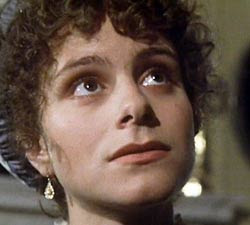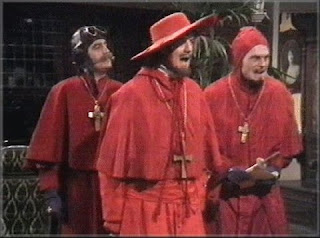This week, we’re examining what Jane Austen has meant to us–and to say that Austen has informed every aspect of my subsequent reading and writing would not be an overstatement. In fact, Austen’s themes and style is present in my own writing even when I don’t realize it.
My romantic women’s fiction title, Vanity Fare, comes out in less than two weeks (Dec. 26), and some early reviewers are pointing out the similarities to Pride and Prejudice–more similarities than I even realized I had! I knew that I had put in a very Mr. Darcy moment when one of the characters rescues another from a bad financial situation. But there’s more Austen in there, as a review from Book Lovers, Inc. points out:
“In fact, it was clear to see many connections with Pride and Prejudice in the book, from the portrayal of Nick and Simon, to the financial mess Molly’s mother was going through. It was a modern take on the classic, albeit one that could stand on its own merits too.
As much as the story was about Molly finding a way to pay the bills and maybe find love, it was equally about Molly finding herself. Jane Austen’s generation might have tsk’d at the idea of this, but it was very cool to see Molly go from being dependent on her ex-husband to being able to speak for herself and find the strength within to become self-sufficient.”
While this example is both self-serving and timely, my Austen experience covers more than just my latest release. Austen embedded human truths within a deceptively simple read, and each reading, or viewing of the screen interpretations of her work reveals some new facet to the truths.
Thanks, Jane. You rock.

















